I gotta get that irrigation system fixed.
I gotta do something about that loan payment coming up.
I gotta keep the deer out of my field.
I gotta do better at managing my employees.
I gotta make some changes…
Working with farmers, I hear a lot of I-gotta. Unfortunately, I-gottas don’t do much for making change. Only I’m-gonnas make change. They don’t have to be big I’m-gonna’s - in fact, just the very next I’m-gonna necessary to move towards the I-gotta is often enough.
I’m gonna start carrying that pocket notebook and a cheap ballpoint pen.
I’m gonna test to see if there’s more pressure further up the line in that hose.
I’m gonna call my banker and ask for some input.
I’m gonna get online and research deer control for vegetable farmers.
I’m gonna try that idea from that book I read.
I’m gonna do things differently.


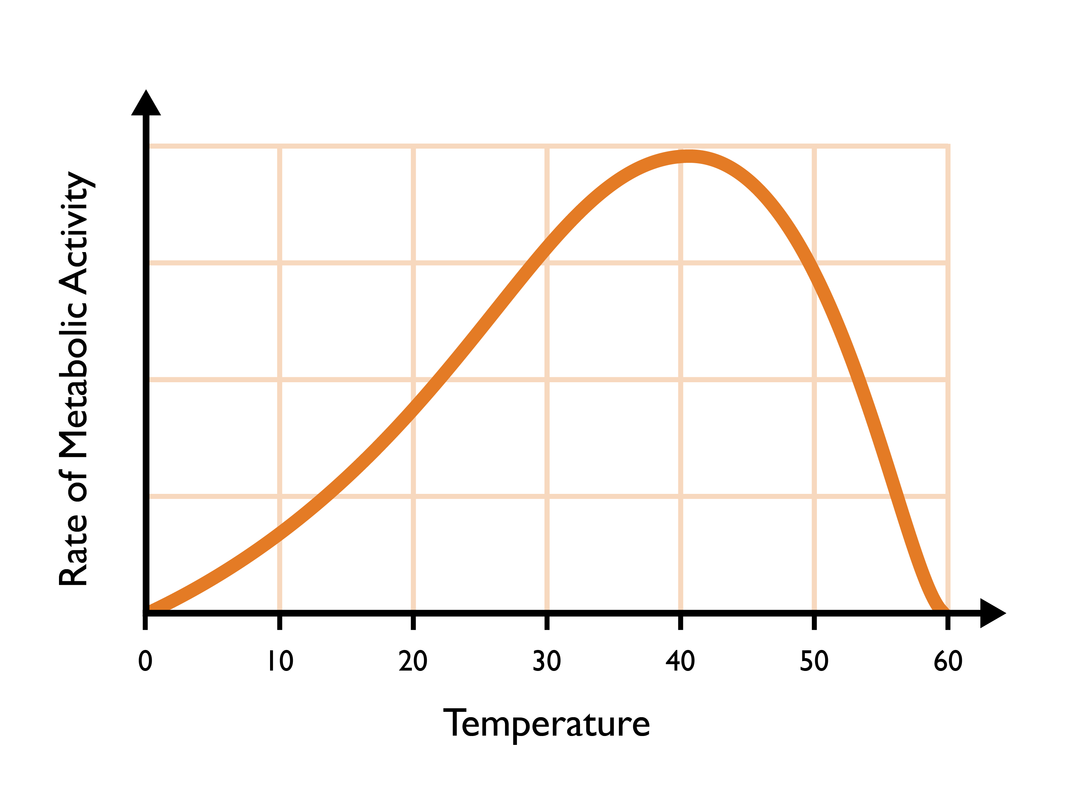
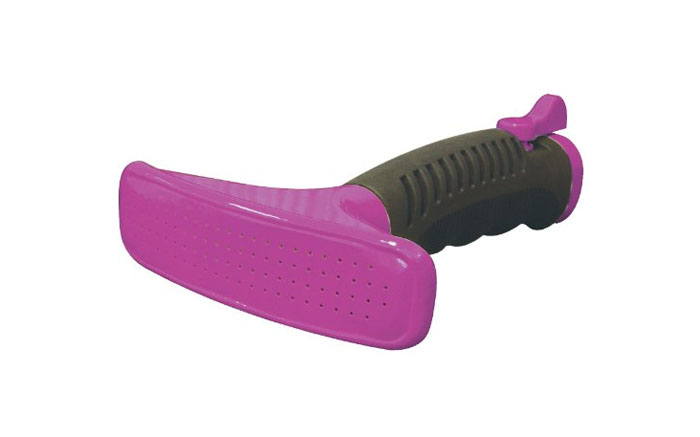
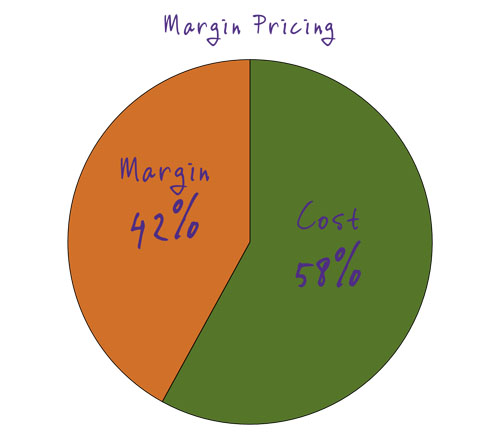
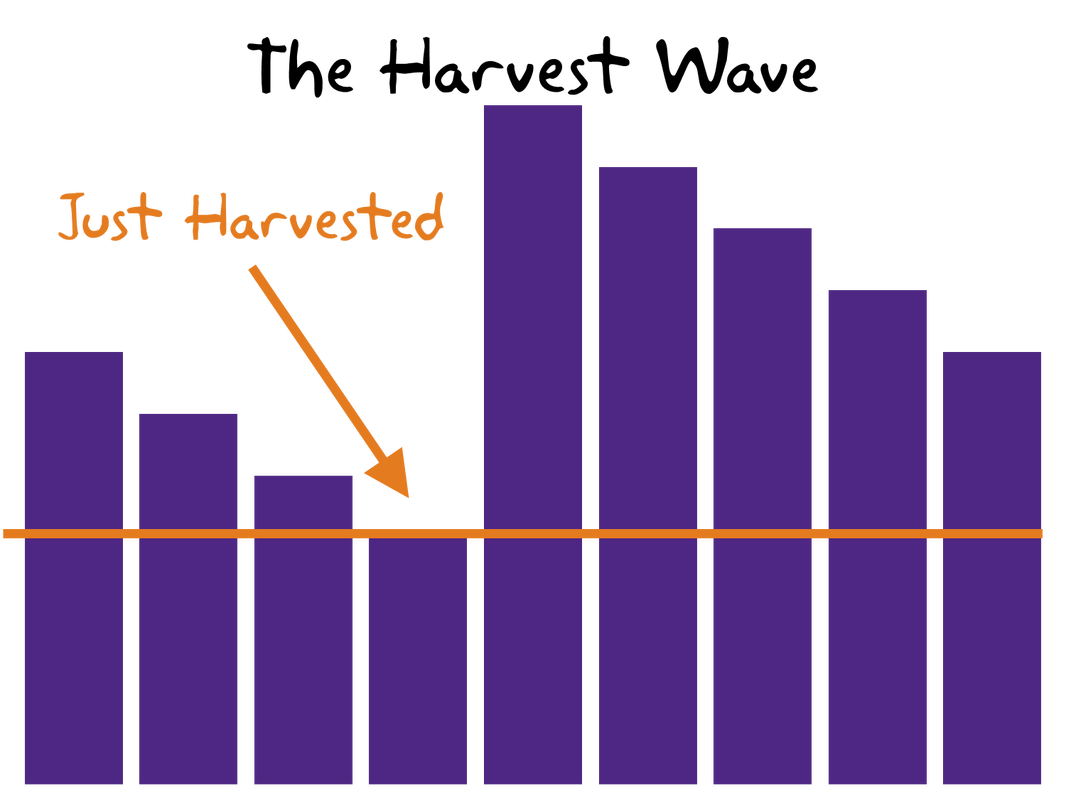

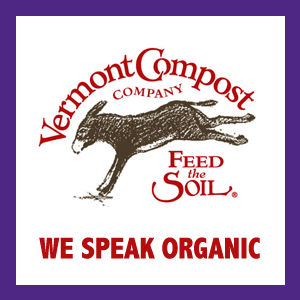

 RSS Feed
RSS Feed
